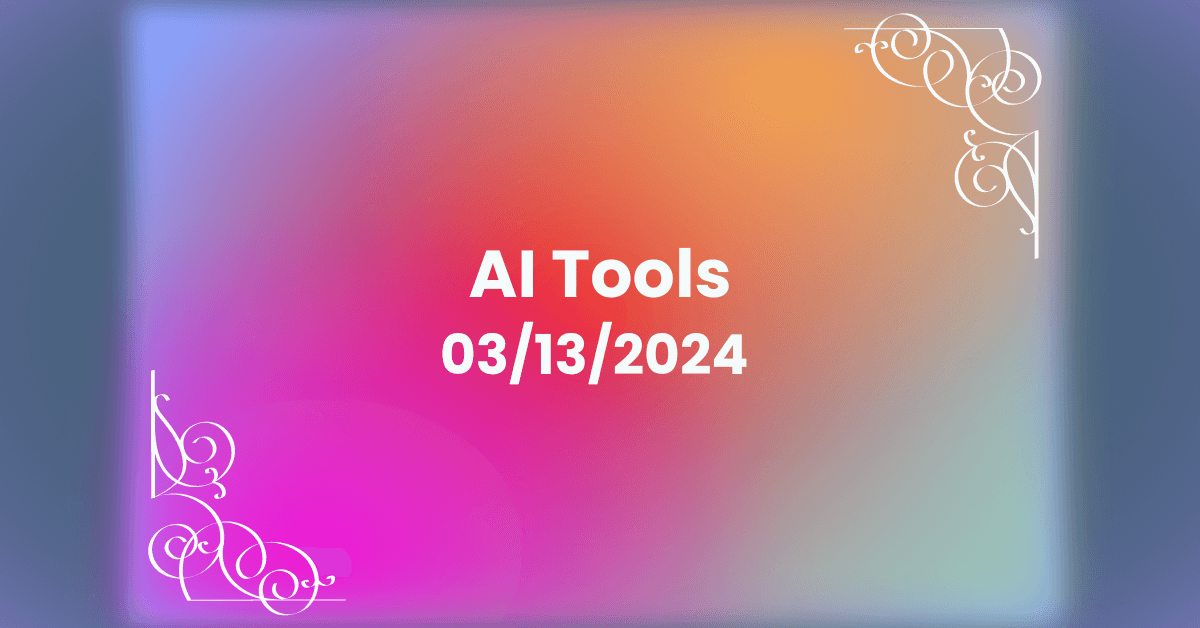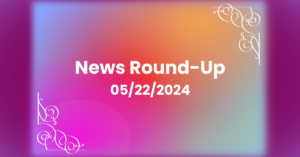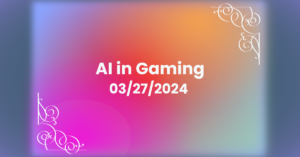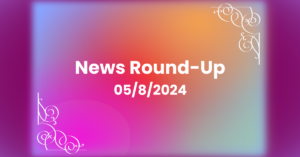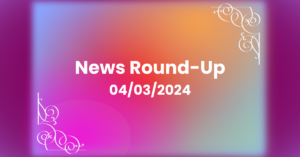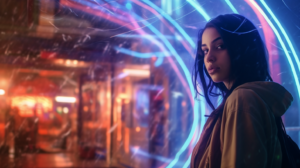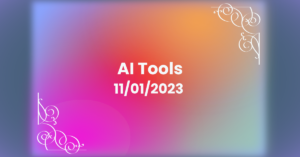Sora: The New Tool from OpenAI that Sparks Both Concern and Excitement
The recent launch of OpenAI’s Sora, a text-to-video tool, has genuinely caught my attention, and I’m here to dive into what this means for us, especially through the lens of an elder millennial who’s seen the internet evolve from dial-up to what it is today. This tool isn’t just another tech novelty; it represents a significant leap forward in how we might soon be blending creativity and AI to tell our stories visually.
As a woman in tech, I see Sora as a bit of a double-edged sword. On the bright side, it’s incredibly exciting to think about the doors this could open for a wider array of voices to enter the realm of video storytelling. We’re talking about a tool that could empower women, non-binary individuals, and historically underrepresented groups to craft and share their narratives in ways that were previously out of reach for many. This democratization of content creation is right up my alley, aiming to level the playing field in the digital storytelling space.
However, I’m also acutely aware of the potential pitfalls that come with any technology, especially one as powerful as Sora. The risk of misuse, such as creating deceptive deep fakes or spreading misinformation, is a significant concern. It’s essential for OpenAI to tread carefully, ensuring there are robust safeguards in place to prevent such abuses. As someone who values honesty and integrity, I believe in using these tools responsibly, with a clear ethical framework guiding their use.
Another point that hits close to home for me is the question of who’s behind the development of tools like Sora. The tech industry hasn’t exactly been a poster child for diversity and inclusivity, and it’s crucial that this tool (and others like it) are developed with input from a broad spectrum of voices. This ensures that Sora can truly serve a diverse global audience, rather than reflecting a narrow set of perspectives.
On a personal note, the prospect of turning text into engaging video content with something like Sora is incredibly appealing. As someone who’s always looking for new ways to express creativity and share knowledge, the potential for education and storytelling is vast. Imagine making learning materials that can captivate and educate in equal measure, catering to the varied ways people absorb information. That’s the kind of innovation I can get behind.
In wrapping up, Sora represents a fascinating intersection of technology and creativity, with the potential to enrich how we share and consume stories. As we navigate this new digital landscape, it’s crucial we advocate for a responsible and inclusive approach to technology adoption. Embracing Sora and similar innovations with a critical, yet open mind, will ensure we leverage these tools for the greater good, fostering a digital environment that’s both creative and conscientious.

